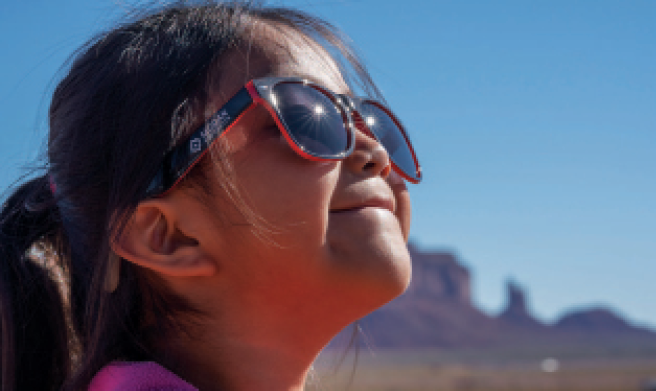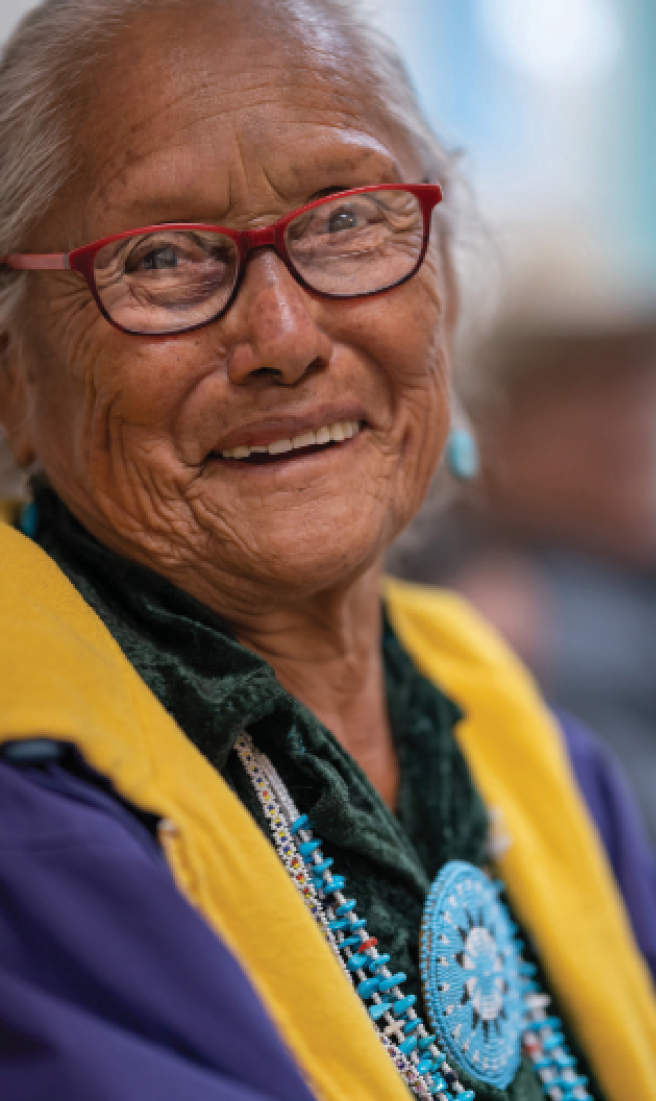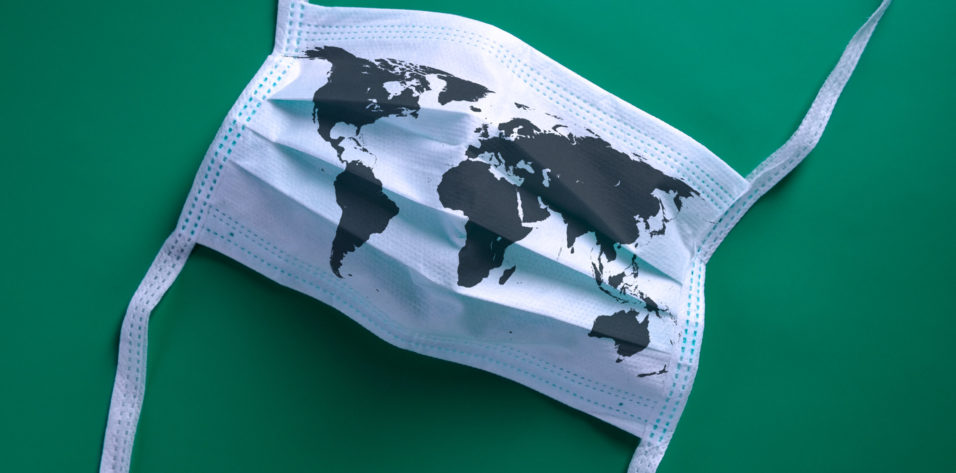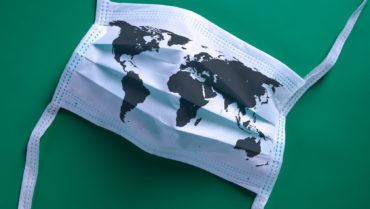With most in-person outreach work cancelled last year due to COVID-19, many medical missions were unable to proceed as planned. Some organizations, however, took the opportunity to reevaluate their practices and find innovative ways to provide global ophthalmic care in this new reality. This article is part three of a series exploring the different ways that global ophthalmology has been affected by the COVID-19 pandemic and how those involved with medical missions are adapting their efforts for this new era.
The Navajo Nation is the largest reservation of indigenous people in the United States, sprawling over 27,000 square miles and extending into parts of Utah, Arizona, and New Mexico. With a population of more than 250,000 and limited access to subspecialty care, providing eye care services to such an expansive geographical region is a monumental challenge. Eye care on the Nation is provided by several contracted optometrists and ophthalmologists who are primarily located in the large cities within the Nation.
Since 2013, the John A. Moran Eye Center’s Global Outreach Division has partnered with the Utah Navajo Health System (UNHS) to provide free pediatric and adult vision screenings, glasses, and eye surgery, primarily on the Utah strip of the Navajo Nation. Championed by the late Alan S. Crandall, MD, a pillar of the Moran Eye Center and a passionate humanitarian, scores of volunteers, opticians, ophthalmic technicians, and ophthalmologists have donated their time to provide services to Navajo communities in Utah including Blanding, Monument Valley, Montezuma Creek, and Navajo Mountain.
Before the COVID-19 pandemic, the Moran team conducted regular vision screenings in health clinics, high school gymnasiums, and community centers, attracting several hundred people at a time. In early 2020, our outreach work abruptly stopped, as COVID-19 spread throughout the world.
FEELING THE PANDEMIC’S EFFECTS
Although it is relatively isolated from large, densely populated cities, the Navajo Nation has not been immune to the ravages of the pandemic. Eventually, the Navajo Nation had the highest per-capita infection rate of COVID-19 in the United States. Factors that contributed to the crisis included a high prevalence of comorbidities such as diabetes, a lack of running water for many, multigenerational families living together, and a fragile health care infrastructure.
Ultimately, the Navajo leadership issued an executive order declaring a state of emergency and a stay-at-home directive. Priorities quickly shifted to curb the spread of the virus. A curfew, enforced 7 days a week, began each day at 9 pm and ended at 5 am. Residents were allowed to leave their homes only for essential activities such as doctor appointments, collection of firewood, shopping for groceries, obtaining water, and emergencies.
FINDING OTHER WAYS TO HELP
Unable to conduct our regular in-person outreach work, the Moran Global Outreach Division team found other ways to assist our Navajo neighbors. We created a cloud-based intake system to collect patient information from our partners in the UNHS. Patients’ needs recorded in the system’s database ranged from basic eye exams and glasses to eye trauma and triaging of new vision problems.
This database was screened several times a week by a certified ophthalmic technician or medical student. If needed, appropriate referrals were made for in-person visits. Many patients had nonemergent needs, and they were contacted to convey assurance that they would be seen as soon as our clinics opened again. After several months, as the pandemic lingered on, many of the nonemergent patients developed more critical issues. The database was essential in helping patients to replace lost glasses and obtain medication refills, and it helped us to triage emergencies.
Throughout the pandemic, our team has remained in contact with UNHS leadership and found other ways to be of help. For example, we were able to procure essential supplies such as N95 masks, gowns, gloves, and more than 75 gallons of hand sanitizer. In August 2020, our team, led by pediatric ophthalmologist Robert O. Hoffman, MD, participated in our first drive-by health screening in Blanding, Utah, screening 420 children. Each participant received a backpack with a face mask, hand sanitizer, and sunglasses (Figure 1).

Figure 1 | The Moran Eye Center’s Global Outreach Division conducted a drive-by health screening last summer in Blanding, Utah, that reached 420 children. Each child received a backpack with a mask, hand sanitizer, and sunglasses
SEEKING INNOVATIVE SOLUTIONS
Although the infection rate is for now declining and more residents are receiving vaccinations, the situation on the Navajo Nation remains fragile. We are eager to return to in-person outreach work (Figure 2). Nonetheless, the pandemic has also motivated us to think of creative solutions, ways that we can better serve the people of the Nation using existing and emerging technology such as telehealth retina screenings and remote consultations. In addition, we know that many patients are longing to undergo surgical treatments such as cataract and pterygium surgeries that have been postponed.

Figure 2 | Before COVID-19, the Moran Global Outreach Division conducted regular free vision screenings on the Utah strip of the Navajo Nation
We know that the challenges faced by the Navajo are shared by others in at-risk communities around the world. As was recently outlined by The Lancet Global Health Commission on Global Eye Health,1 as we emerge from this pandemic, it will be vital for the vision care community to join forces to strengthen health care systems and increase capacity with the goal of making universal eye care more equitable and sustainable. Investment in technology and improvements in training and education will help to facilitate this vision.
1. Burton MJ, Ramke J, Marques AP, et al. The Lancet Global Health Commission on Global Eye Health: Vision beyond 2020. Lancet Glob Health. 2021;9(4):e489-e551.




